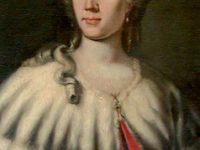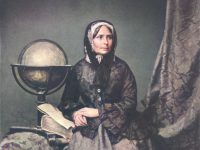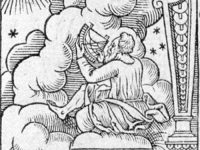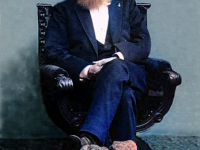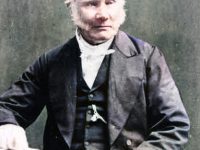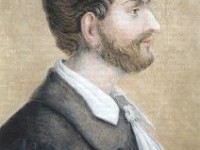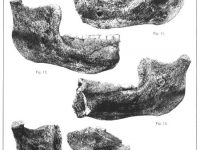Laura Bassi – the first Woman with a University Chair
Between October 20 and October 29, 1711, Italian physicist and academic Laura Maria Caterina Bassi was born. Bassi is referred to as being the first woman to earn a professorship in physics at a university in Europe and is recognized as the first woman in the world to earn a university chair in a scientific field of studies. She contributed immensely to the field of science while also helping to spread the…
Read more











